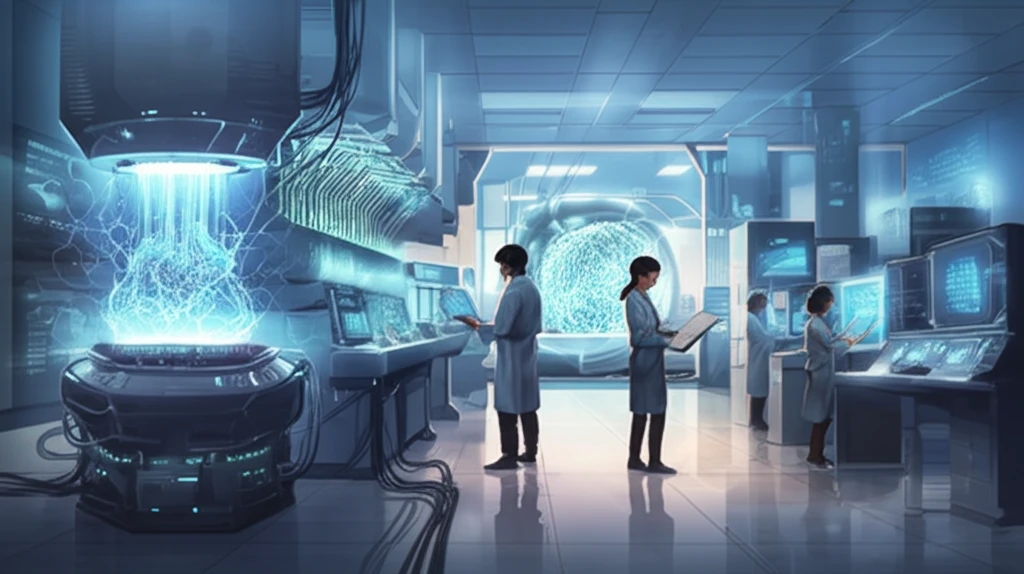
Electrospinning Revolution: How Air-Impedance Tech is Shaping Tomorrow's Medicine
"Discover how innovative techniques in electrospinning are creating advanced tissue engineering templates, enhancing porosity, and revolutionizing medical treatments."
In the realm of tissue engineering, electrospinning stands out as a pivotal fabrication technique. It's the method of choice for crafting non-woven, porous templates from both natural and synthetic polymers, tailored to mimic the body's own tissues. Its versatility has made it a cornerstone in developing innovative medical solutions.
Traditional electrospinning, however, has its limitations. The restrictive pore sizes created often impede cell migration, a crucial factor in tissue regeneration. This has spurred researchers to explore ways to enhance and better control the porosity of these tissue engineering templates.
Enter air-impedance electrospinning—a method that generates templates with customizable, patterned areas of varying fiber density. This approach allows for greater control over cell interaction and tissue development. Recent advancements have focused on refining this technique to ensure both enhanced porosity and maintained structural integrity, paving the way for more effective tissue engineering applications.
What is Air-Impedance Electrospinning and Why Does It Matter?

Air-impedance electrospinning is a sophisticated technique designed to overcome the limitations of traditional electrospinning. By introducing controlled air flow during the electrospinning process, it's possible to manipulate the deposition of fibers, creating templates with tailored porosity.
- Enhanced Cell Interaction: Tailored porosity encourages cell attachment and infiltration, essential for tissue regeneration.
- Structural Integrity: Advanced systems maintain mechanical properties, ensuring the template's efficacy.
- Customizable Design: The ability to adjust parameters allows for specific applications, optimizing texture and strength.
The Future of Electrospinning in Medicine
As research progresses, the integration of synthetic and natural polymers, combined with optimized air-impedance conditions, holds the key to unlocking even greater potential in tissue engineering. The ongoing refinement and mechanical assessment promise to push the boundaries of what’s possible, paving the way for innovative medical applications and improved patient outcomes.
